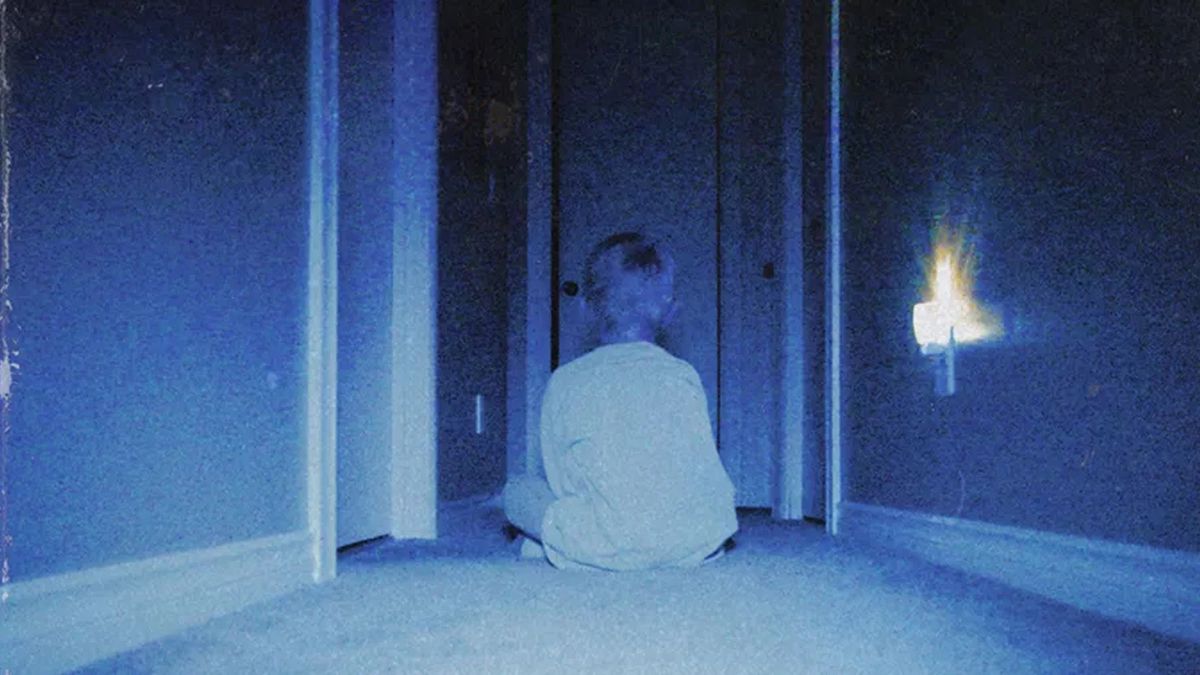Bigger universities, bigger opportunities
By Lana Hy
Staff Writer
The controversy over whether smaller or bigger universities offer more advantages has been a common inquiry among high school seniors. Despite the fact that smaller schools allow students to have more opportunities to work with professors one-on-one, bigger schools expose students to working with diverse people and trump smaller colleges in improving social skills.
According to Vijay Sharma, a writer for Klient Solutech, “Clear communication about the skills and knowledge, objective vocabulary in words while communicating with interviewers, [and] confident physical expressions help students get a job.”
In order to be able to be succeed in entering the workforce, students need to have mastered communication skills, especially when talking in interviews. Attending a bigger university helps with that by providing the environment setting for more varied, diverse interactions.
Since bigger universities have larger class size number than smaller universities, students tend to depend more on other students for help rather than their professors. Study groups help prepare students for exams and form bonds. This interaction is a hidden key factor to success in their futures because students in larger universities tend to interact with more people of different cultural backgrounds, an essential trait of the modern workforce.
In addition, large universities are often cheaper than smaller ones; smaller schools are usually private and charge students higher tuition rates.
“A large public university can easily have 25,000 students or more taking classes on that campus. That higher number of students helps keep tuition costs down,” according to Hillary Hoffower, money reporter for Business Insider.
With more students in bigger universities, people are able to bond with a broader range of people while still paying less money for college.
Furthermore, big universities offer more major choices along with unique minor choices such as astrobiology and floral management. Also, bigger schools offer a wider range of extracurriculars ensuring that almost anyone can find a club or activity that aligns with their interests.
Moreover, the University of California, Los Angeles (UCLA) website stated that it had a 91% four year graduation rate in the 2015-2016 school year whereas a smaller school like Soka University of America had a 79% graduation rate, which is one of the highest percentages for smaller institutions in California. A main reason for lower graduation rates in smaller schools is higher cost. As low income students progress through their college years, they realize how unaffordable the cost of small schools is, even with scholarships, and drop out.
Jeffrey J. Selingo from The Washington Post states,”Children from families earning more than $90,000 have a 1-in-2 chance of getting a bachelor’s degree by 24. That falls to a 1 in 17 chance for families earning under $35,000.”
When comparing smaller and bigger universities, it is important to note that attending a bigger university opens doors for a more affordable education, an extensive amount of extracurricular activities, and a healthier social life.

